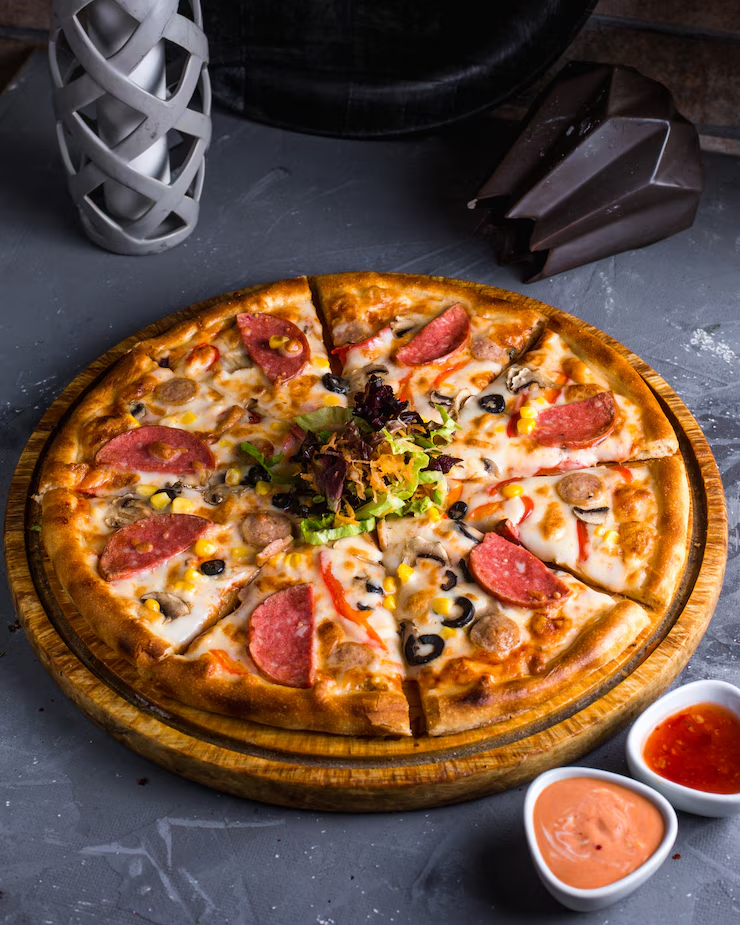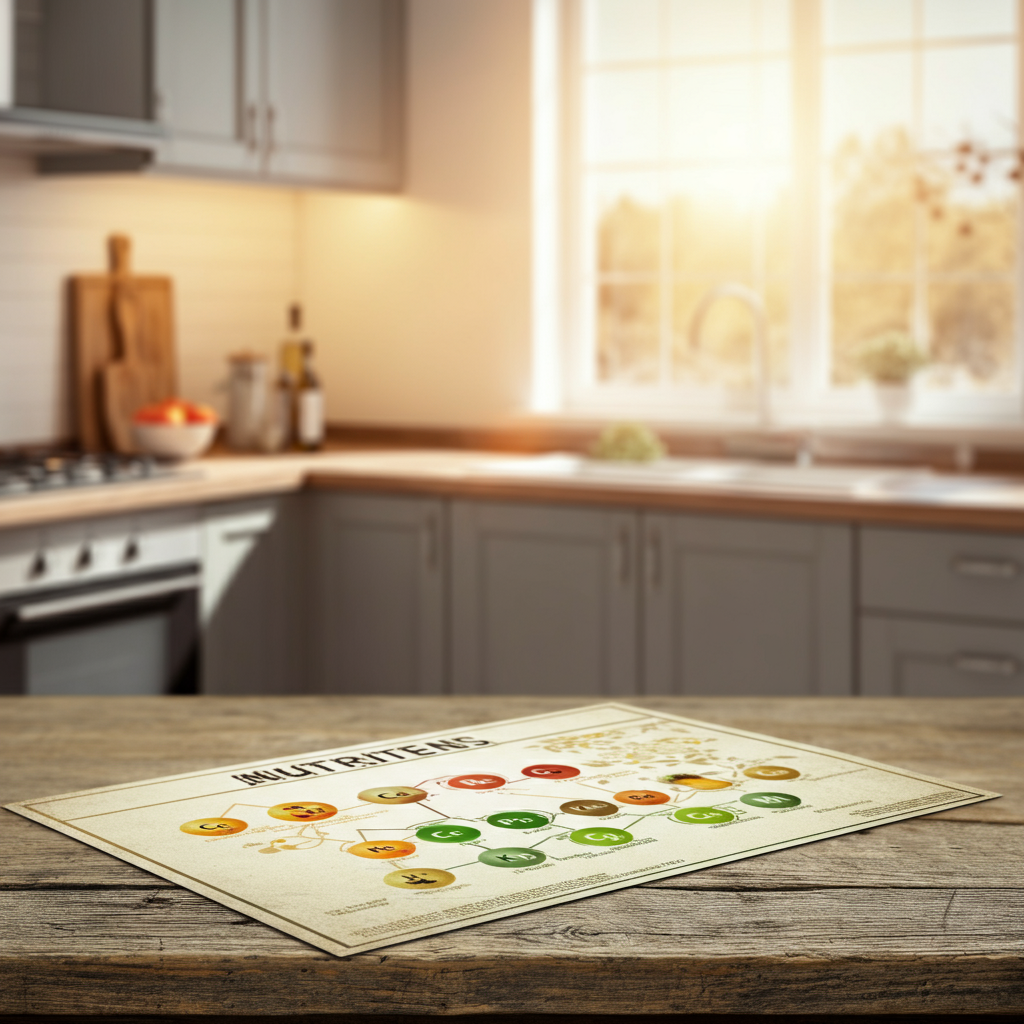Few foods evoke as much love, nostalgia, and joy as a slice of pizza. Whether it’s enjoyed after a long day, at a weekend gathering, or during a solo evening with your favorite TV show, pizza has a unique way of bringing a sense of comfort and happiness. But why do we turn to pizza when we need a little pick-me-up? And is there more to pizza than its deliciously cheesy goodness?
This blog explores the science, culture, and emotional connections that make pizza the ultimate comfort food. By the end, you’ll see why pizza isn’t just food; it’s a universal experience.
The Science Behind Comfort Food
Comfort food isn’t just a phrase. There’s actual science behind why certain foods, like pizza, make us feel better. When we eat foods high in carbohydrates, fats, and sugars, our brain releases neurotransmitters such as dopamine and serotonin that boost our mood.
- Dopamine is your brain’s “reward chemical.” The mix of crispy crust, melty cheese, and flavorful toppings triggers it, making us feel pleasure.
- Serotonin helps regulate mood and is affected by carbohydrates. Pizza’s doughy base can provide a quick serotonin lift.
Additionally, the aroma of pizza activates sensory memories, often linked to positive past experiences. This connection amplifies its comforting effects.
Pizza A Nutritional Overview
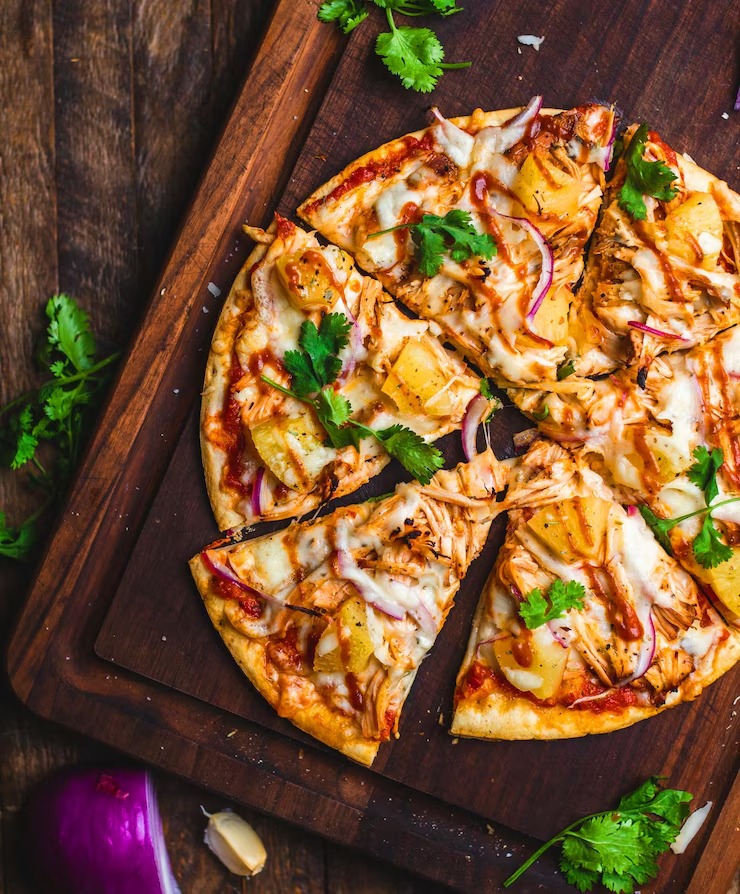
While pizza often gets a bad rap, it’s more balanced than you think. Here’s a quick breakdown:
Macronutrients
- Carbohydrates (from the dough): Provide the energy we need to jumpstart both body and brain.
- Proteins (from cheese and toppings): Aid in muscle repair and overall growth.
- Fats (from cheese and oils): Offer a dense energy source and, yes, elevate flavor.
Micronutrients
- Calcium (from cheese): Essential for bones and teeth.
- Vitamins A and C (from tomato sauce): Boost the immune system and skin health.
- Fiber (from whole-grain crusts or vegetable toppings): Improves digestion.
Sure, pepperoni pizza every night might not optimize your health, but choosing veggie-packed slices or thin-crust options can offer a deliciously nutritious meal.
Emotional Connection to Pizza
Think about your first childhood pizza party. The excitement of watching the delivery guy arrive or the joy of pulling apart a cheesy slice made pizza feel a lot more special than any ordinary meal. Pizza often becomes woven into celebratory and comforting memories.
Take Julia, for example. Raised in a multi-generational household, her family’s Saturday night tradition was homemade Margherita pizzas. To her, the smell of bubbling mozzarella and fresh basil instantly takes her back to those warm family moments.
The Social Aspect of Sharing Pizza
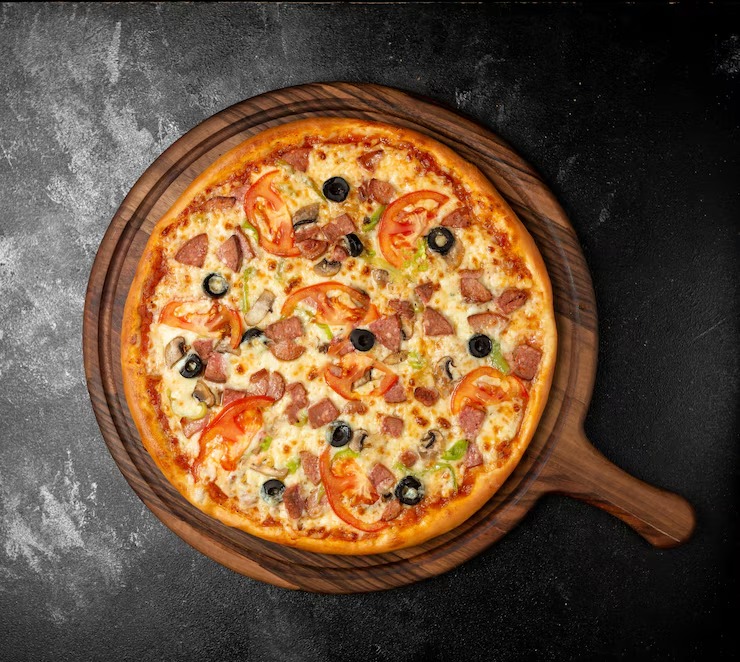
Pizza is not just food; it’s a social experience. Sharing a pizza means breaking bread (literally) with friends and family. It brings people together—from corporate brainstorming sessions to casual hangouts.
- Low pressure: Ordering pizza is easy and universally appealing, taking the stress out of meal planning for social events.
- Inclusivity: With countless topping combinations and crust styles (hello, gluten-free and vegan), there’s a pizza for everyone.
Ever notice how a pizza box on a table instantly transforms a meeting into something less formal? That’s the magic of pizza creating connections.
Pizza and Stress Relief
When life gets overwhelming, pizza can act as a temporary stress reliever. The combination of carbs, cheese, and savory toppings provides a much-needed endorphin rush. Beyond the science, the familiarity of the meal itself can calm nerves.
Why pizza feels uniquely stress-relieving:
- Predictable happiness with every bite.
- The act of eating with hands makes dining feel relaxed and less structured.
- It often signifies a “break” from the chaos.
Pizza and Childhood Memories
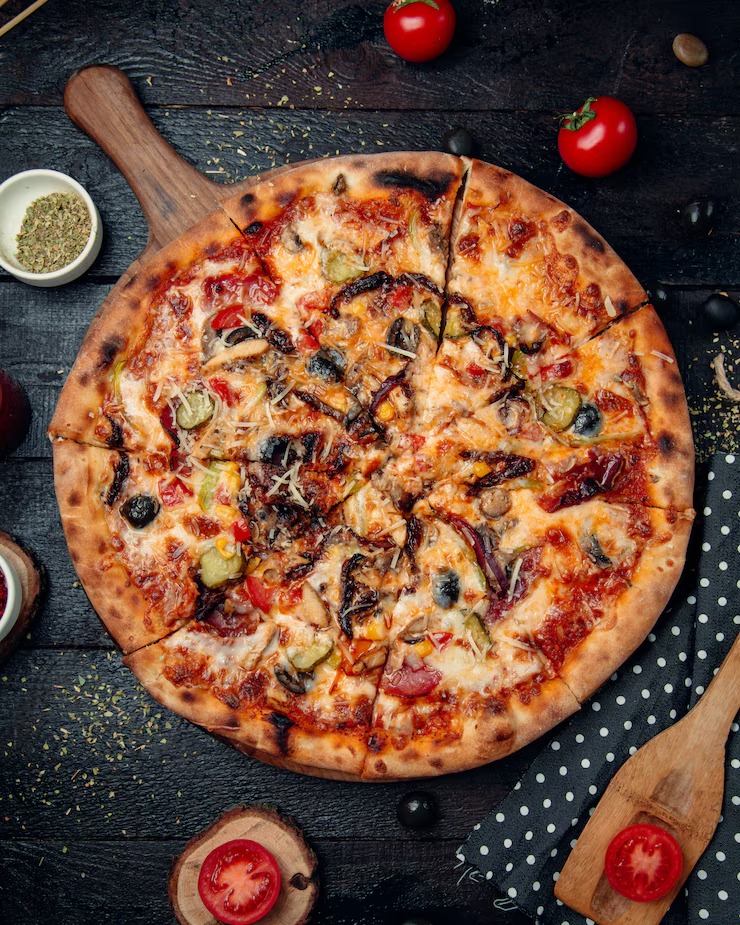
Kids love pizza, and for good reason. It’s fun. Think birthday parties, pizza sleepovers, or Friday-night family traditions. Pizza doesn’t just feed us; it stays as part of our happiest memories.
Imagine having a “make-your-own-pizza” night as a child. Choosing your toppings felt like an adventure. Recreating those moments as adults gives us a sense of nostalgia and joy.
Pizza as a Treat Moderation is Key
Like all comfort foods, pizza is best enjoyed in moderation. It’s about balance, not denial. Consider the 80/20 rule: eat healthily 80% of the time and indulge in treats like pizza the other 20%.
- Opt for veggie-loaded pizzas or healthier crusts like cauliflower or whole-grain.
- Pair pizza with a side salad for added nutrients.
- Limit overindulgence by savoring smaller portions.
It’s entirely possible to enjoy pizza guilt-free as part of a balanced lifestyle.
Creative and Healthy Pizza Options
If you’re looking for ways to make pizza healthier without compromising on taste, here are some options to try at home:
- Swap regular crusts for cauliflower or almond flour crusts.
- Use fresh, low-fat mozzarella instead of processed cheese.
- Add fun, nutrient-packed toppings like spinach, artichokes, or roasted butternut squash.
- Go for extra thin crusts to reduce calorie density.
What about making your three-ingredient dough with just Greek yogurt, flour, and a pinch of salt? Easy and healthier!
Addressing Common Concerns About Pizza
Myth 1 Pizza is Junk Food.
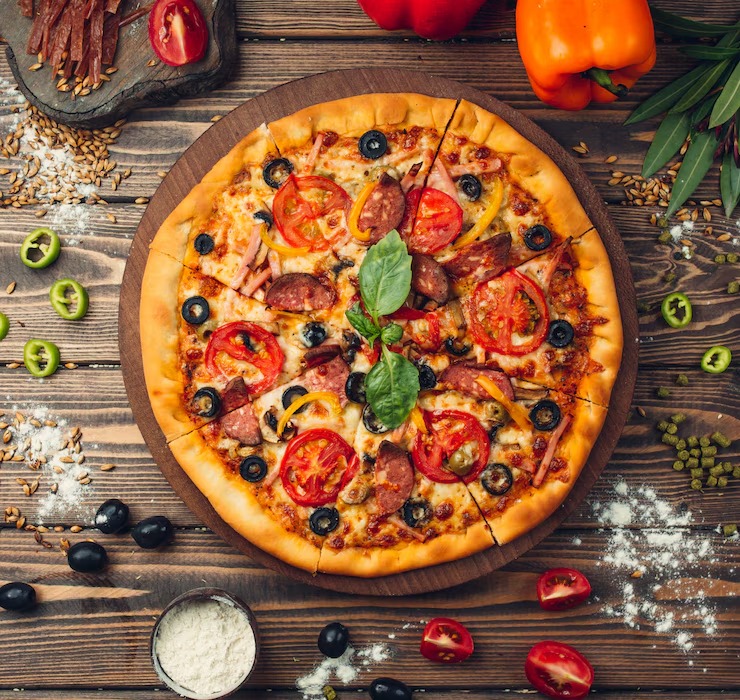
Not necessarily. While overloading toppings can make it calorie-heavy, pizza with balanced ingredients (whole-grain crust, lots of veggies, and light cheese) is genuinely nutritious.
Myth 2 Pizza is only for cheat days.
Wrong again! Pizza can work any day when enjoyed in moderation or prepared with mindful ingredients.
Real Life Stories Pizza and Well-being
Mike, a software engineer, calls his weekly pizza night “self-care therapy.” After grueling workdays, he finds relief in crafting his pizza at home. Each topping reminds him that happiness can be simple and bite-sized.
Expert Opinions on Comfort Food
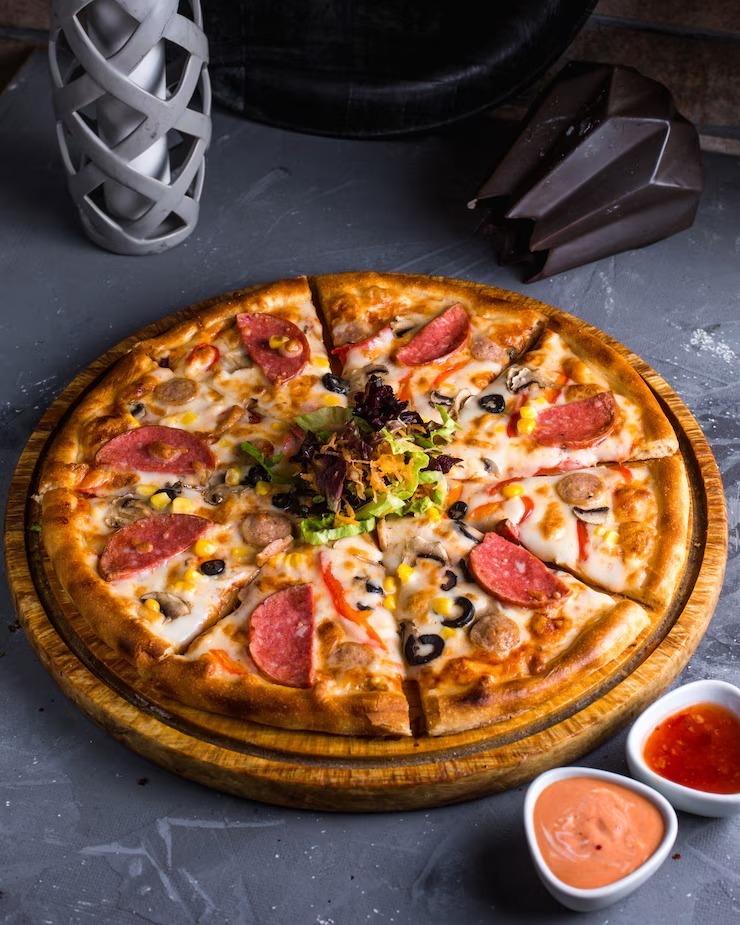
Psychologist Dr. Nina Burke says, “Comfort foods like pizza connect us emotionally, calming stressors tied to daily life.” Nutritionist Gina Miles adds, “Pizza’s carb-base with diverse toppings allows it to satisfy both body and mind.”
Pizza Around the World A Global Comfort
From Italy’s traditional Margherita to Japan’s seafood-inspired toppings or India’s spicy paneer pizzas, pizza transcends borders. Each culture has given pizza its unique spin, reinforcing it as a global comfort food.
People Also Ask
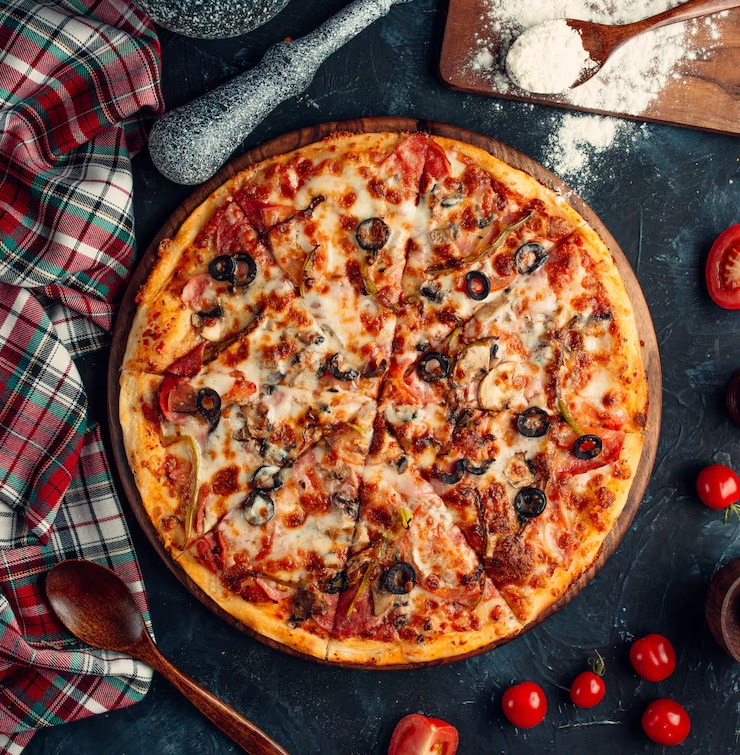
Is it bad to eat pizza for emotional comfort?
Not necessarily. Occasional indulgence is fine, but balance it with an overall healthy diet.
Is pizza the most comforting food worldwide?
While comfort is subjective, pizza ranks highly because of its universal appeal and versatility.
Can I make a pizza healthier without compromising on flavor?
Yes! Opt for thin crusts, fresh toppings, and portion control.
Bringing Warmth One Slice at a Time
Pizza isn’t just food; it’s joy. It’s shared laughter at a party, quiet self-care after a tough day, and a warm bite of nostalgia. By understanding its components and enjoying it in balance, pizza becomes more than just a treat; it becomes a source of comfort and connection.
Next time you savor that slice, remember it’s not just bread, sauce, and cheese. It’s comfort, happiness, and a little piece of life’s goodness.


